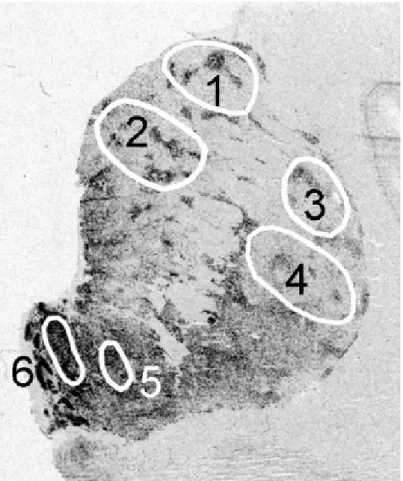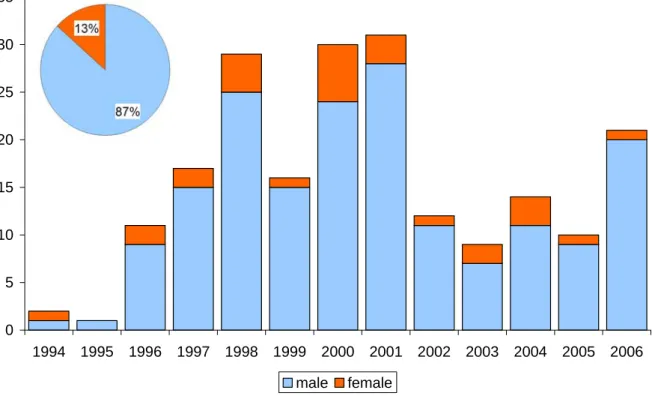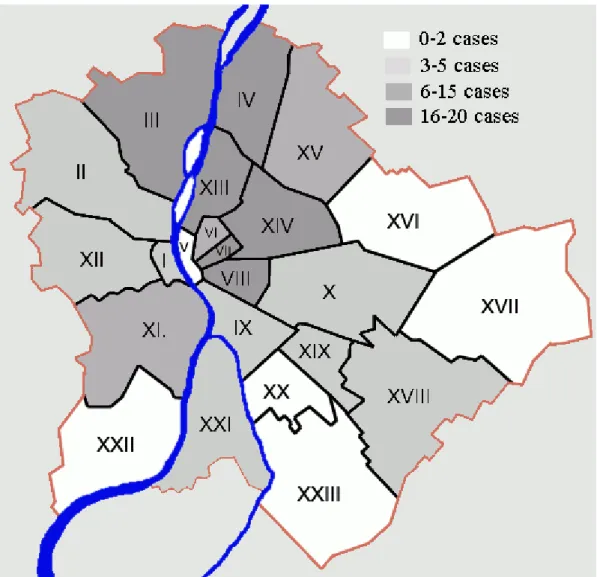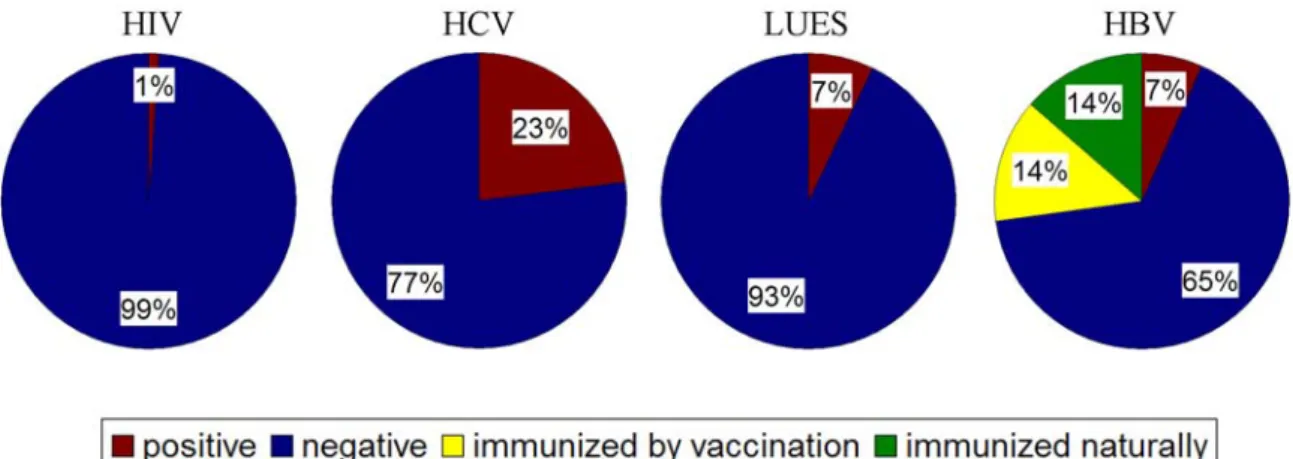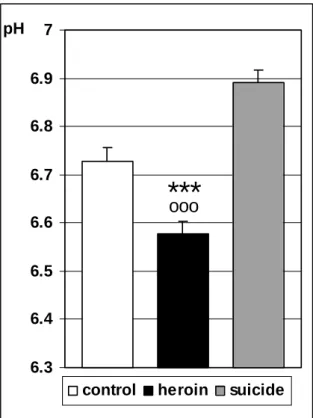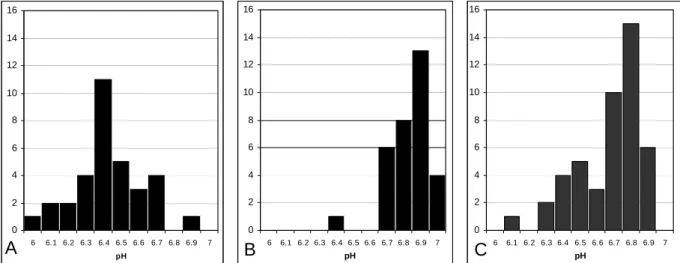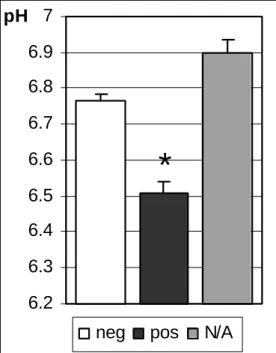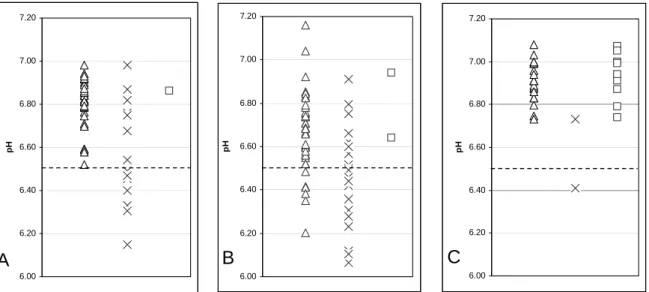Means and standard errors of pH values measured in the brains of control, heroin overdose and suicidal subjects. Autoradiogram images showing expression of dopamine D2 receptor mRNA in the human midbrain and preproenkephalin in the striatum in subjects with high and low brain pH. Autoradiograms showing the mRNA expression pattern and distribution of calbindin and dopaminergic markers in the human midbrain.
SPECIFIC AIMS
BACKGROUND
In the United States in the late 19th century, opiates were the most commonly used drugs. In the second half of the 60s, cannabis became one of the most popular drugs of abuse in Western Europe. An important role for the mesolimbic dopamine (DA) neurotransmission has also been strongly implicated in the development of opioid addiction, as with most drugs of abuse (72).
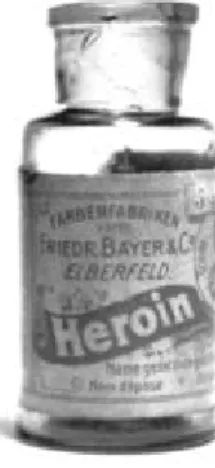
MATERIALS AND METHODS
Regional boundaries of DA cell groups within the midbrain were defined according to published anatomical characteristics (140,141). Due to the heterogeneous expression of PDYN in the dorsal striatum, in addition to total surface area measurements, a separate analysis of expression in compartments (striosomes; islands with high PDYN expression) and matrix compartments was also performed. The population census for Budapest for each year was obtained from the website of the Central Statistical Office of Hungary (144).
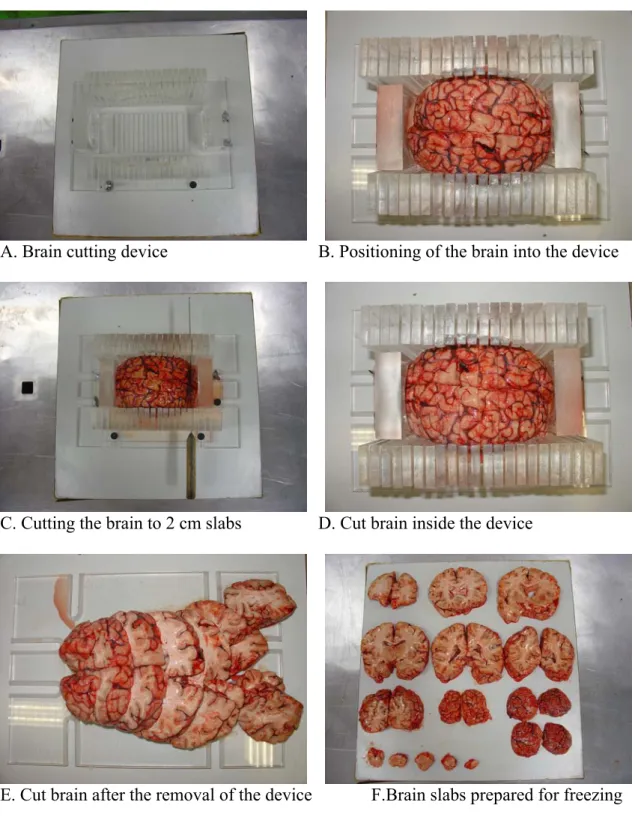
RESULTS
Half of the deceased died in the same district where they lived; 8 of the heroin OD cases were homeless; 25 had a domicile outside Budapest. The pH values in the heroin group contributed to the wide variation of the total population; the highest and lowest pH measurements were from this group. In the control group, all subjects with low pH (< 6.5) were only present in the positive respiratory distress group (Fig. 18A.).
No correlation was evident between brain pH and codeine concentration in the blood or urine. A significant decrease was also observed in the striatum for preproenkephalin mRNA expression in relation to pH levels; meaning the most. Autoradiogram images showing the mRNA expression of the dopamine D2 receptor in the human midbrain (A, B) and preproenkephalin in the striatum (C, D) in subjects with high (A, C) and low (B, D) brain pH tone.
Consistent with previous studies, mRNA expression of the DAergic markers was highly abundant within the substantia nigra and VTA, most predominantly expressed in the paranigral nucleus (PN) followed by the substantia nigra ventral part (SNv) and substantia nigra lateral part (SNl) . In all cases, there was a significant increase in TH mRNA expression in the heroin compared to the control group. Levels of enkephalin and dynorphin peptides in the caudate nucleus of control (white) and heroin (black) subjects.
Due to the small number (n = 2) of A/G and G/G genotypes in the control group, only A/A control subjects could be evaluated. Post hoc analysis by genotype indicated that the increase was due to higher expression levels in A/A heroin subjects. Significantly lower levels of HERC1 were also detected in the NAc shell of the A/G heroin subgroup compared to A/A heroin-treated individuals (p = 0.005).
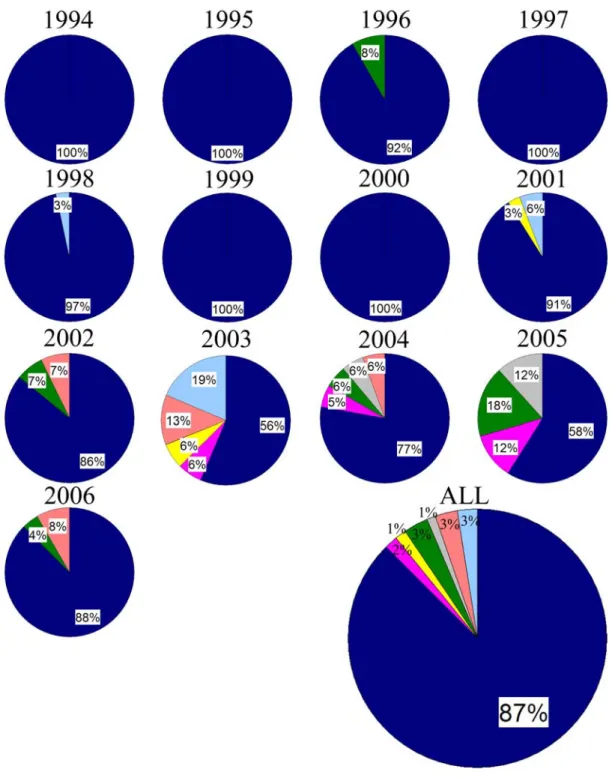
DISCUSSION
In the beginning, a large proportion of DRD cases happened to very young people under the age of 20. This trend may be a reflection of the fact that fewer very young people have started using drugs in recent years. Most of these cases were in a state of advanced decomposition, and this was most likely the reason for the resulting negative results.
Our results show a much better situation than reports from neighboring countries, especially in the case of HIV (154). According to forensic sources (176), a significant number of heroin overdose subjects die from vomit inhalation, consistent with the high percentage of respiratory distress found in the current heroin population. The fact that brain pH was very high in cases of suicidal hanging confirms that rapid death was not a common feature of heroin overdose cases characterized by low pH.
The alterations of the dopaminergic and opioid systems within the reward pathway of human heroin abusers. In our effort to gain more knowledge about the neurobiology of heroin abuse, we conducted a series of experiments in the regions known to be critical to addiction: two key reward pathway stations, the ventral tegmental area and the ventral striatum (nucleus accumbens). . With our work, we sought to fill a gap in the general understanding of the neurobiology of human heroin abuse.
The main neurobiological changes detected in the brains of human heroin abusers within the dopaminergic and opioid systems are found in Fig 44.
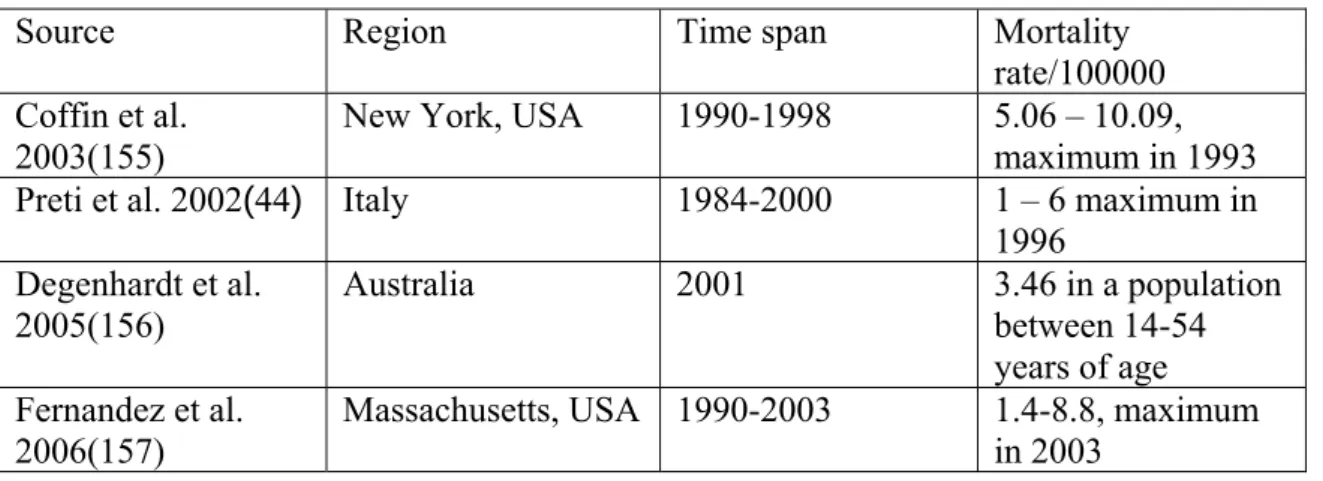
GABA
However, the morphine-induced changes in the rodents were limited to the VTA (187), whereas heroin users in our population also had TH disturbances in the lateral division of the substantia nigra innervating the dorsal striatum. Thus, it could be hypothesized that decreased Nurr1 mRNA expression in the VTA PN contributes to the reduced DAT protein and mRNA levels evident in the heroin users. In contrast to the present findings, chronic morphine treatment and withdrawal in mice leads to decreased α-synuclein mRNA expression in the VTA without change in the substantia nigra (208).
A decrease in α-synuclein in a rodent model appears to be associated with drug withdrawal. Decreased PDYN mRNA was also detected in the NAc, but the changes were limited to the NAc core. Similar to PENK, a heroin-related decrease in PDYN mRNA expression levels was also evident in the dorsal striatum.
Thus, the reduction in PENK mRNA expression in the NAc appears to reflect a long-term chronic state of heroin use. Decreased PDYN mRNA was also detected in the NAc, but the changes were restricted to the NAc core and were only present in A/G subjects. Genotype masked the overall effect of heroin in the NAc shell because a significant decrease in proHERC1 mRNA was evident only in A/G subjects.
Based on the involvement of the ubiquitin-proteosome system with MOR function, the greater impairment of the proHERC1 mRNA expression in the A/G heroin users may be related to the dysfunction of MOR regulation that is a characteristic feature of 118G individuals is (110).
CONCLUSIONS
Our results provide direct evidence of an apparent increased functional activity of μ- and κ-opioid receptors in the PAG in heroin users, which would be associated with altered nociception in these subjects. There is a deep (≈90%) association between heroin use and the 118G SNP OPRM1 genotype in our white population, which has an obvious impact on striatal neuropeptide transcription. Individuals with the 118G SNP had greater impairment of preproenkephalin mRNA expression in the nucleus accumbens shell, which may be related to impaired drug reward.
Decreased opioid neuropeptide (PENK and PDYN) transcription is accompanied by increased dynorphin and enkephalin peptide concentrations exclusively in 118G heroin subjects, suggesting that peptide processing is impaired in association with the OPRM1 genotype.
SUMMARY
ÖSSZEFOGLALÁS
PUBLICATIONS
ABSTRACTS
2005, Lacco Ameno, Ischia, Italy, National Congress of the Italian Society of Neuroscience and Joint Italian-Swedish Neuroscience Meeting. Limbic-specific changes of the dopamine and opioid systems in the midbrain of human heroin abusers - Abstract of the Society for Neuroscience 35th Annual Meeting, 2005. Limbic-related changes of the dopamine and opioid systems in the midbrain of human heroin abusers - 2006 NIDA International Forum, June Scottsdale, Arizona, USA.
MANUSCRIPTS
Stanley Neuropathology Consortium., Journal of Neuroscience Methods Hardy JA, W.P., Winblad B, Gezelius C, Bring G, Eriksson A., The patients who die after a long terminal phase have acidotic brains; consequences for. 133) Li JZ, VM, Walsh DM, Tomita H, Evans SJ, Choudary PV, Lopez JF, Avelar A, Shokoohi V, Chung T, Mesarwi O, Jones EG, Watson SJ, Akil H, Bunney WE Jr, Myers RM, Systematic changes in gene expression in postmortem human brain associated with tissue pH and terminal medical conditions., Human molecular genetics. Characterization of five evolutionarily conserved regions of the human tyrosine hydroxylase (TH) promoter: implications for the engineering of a human TH minimal promoter assembled in a self-inactivating lentiviral vector system., J Cell Physiol.
ACKNOWLEDGEMENTS
Xinyu Wang for all your help with my first steps in molecular biology; Andrey Nikoshkov for designing new probes and sharing your views on various matters of life; Marita Signarsson, for her help with every administrative issue and for always being there for us; Babben Berthelsson for your technical support; Pauline for having a very nice year together. Some “outsiders” in our group: Nitya Jarayam-Lindström because she is always kind, patient and very knowledgeable; Jenny Häggkvist for your company and the flight back from the US; Anna Ökvist, I just like and appreciate you very much, I hope you are well in the US;. All the 'residents' of the corridor and building I met during coffee breaks and lunch breaks: Members of the previous Hubin group: Katarina Varnäs, Håkan Hall, Monika Hellberg, Erik Jönsson, Diana Radu, Nils Lindefors, Ingrid Agartz and also Marianne Youseffi and Lisbeth Erikson.
Special thanks to Phong Truong from the PET group for all the meals, talks and films and also to the other radiochemists I met so often in the laboratory: Arsalan Amir, Magnus Schou, Jan Andersson, Sjoerd Finnema. Henrik Druid of the Department of Forensic Medicine in Stockholm for the long-term friendship, who introduced me to the mysteries of segmental hair analysis and provided our Institute with a "brain slicer", which helped our work tremendously. I am also grateful to have introduced myself to your colleagues at the Department of Forensic Chemistry in Linköping, where I spent a week on a forensic toxicology course.
I would also like to thank your colleagues Kanar Alkass and Joakim Strandberg for being kind and helpful. Jovan Rajs for collecting brain samples at the Institute of Forensic Medicine and your help with paper revision. To my parents, Ewa and Péter, and my brother, Niki-kot, for believing in me all these years against all odds.
Most importantly, Attila, my soul mate, for all the support, encouragement and for coming all the way to Stockholm with me.
KÖSZÖNETNYILVÁNITÁS
